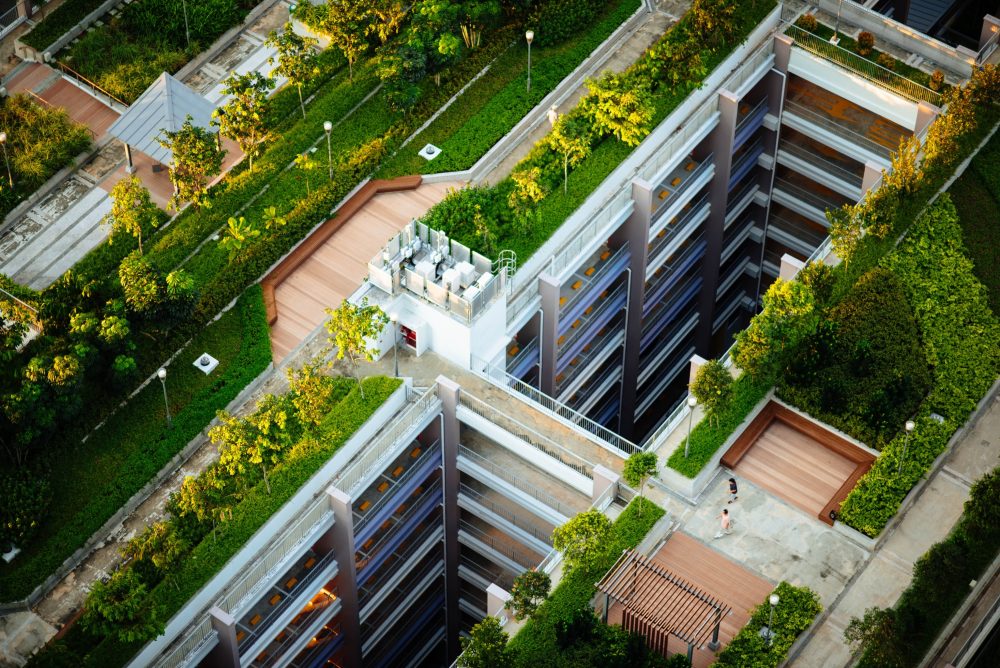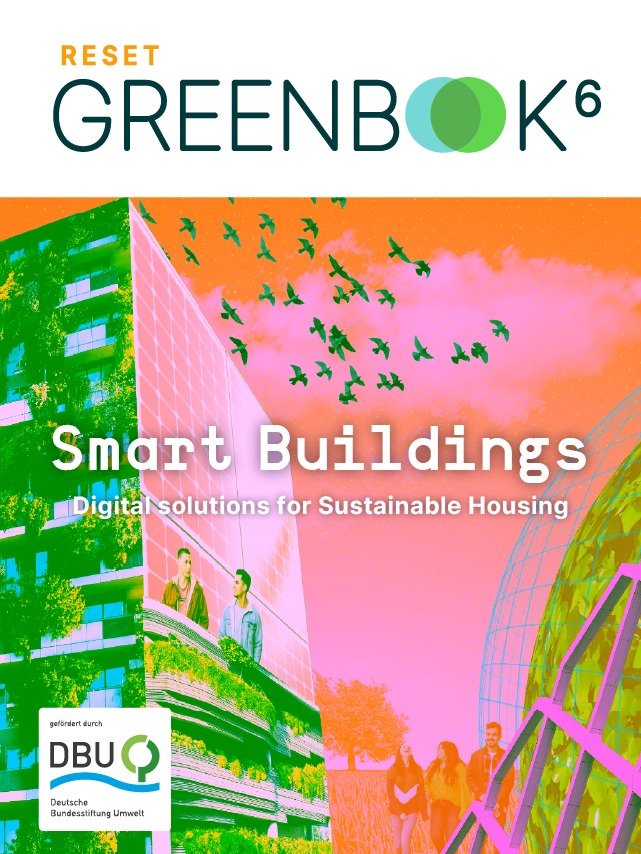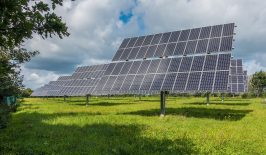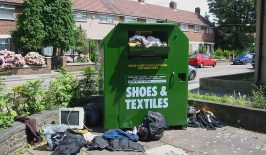Who would have thought tyres at the end of their lifespan could be reincarnated as green rooves for buildings?
Ceyes, for one. The Dutch tyre recycling consultancy is currently developing stormwater retention panels that can serve as beds for vegetation. Of course, using recycled tyres as a roofing material isn’t particularly novel, and neither are green rooves. What’s unique is Ceyes’ closed-loop approach of turning black roofs green – both literally and figuratively.
The panels are constructed from rubber grains derived from the shredding of used tyres, as well as waste from artificial grass playing fields. Each is designed in a grid shape with pockets to hold water. Following a rain shower, a panel can retain approximately 20 litres of liquid.
Dual functionality according to the temperature
On hot days, the rainwater evaporates, cooling down the building. Meanwhile, in cooler temperatures, the water lingers and provides irrigation for plants. The panel’s dual functionality as a stormwater retention system and a cooling solution demonstrates its versatility and potential for widespread adoption.
What’s more, Ceyes’ product is self-sustaining, requires minimal maintenance, and is fully recyclable. The company claims the production of its rubber granule panels requires only 6.14 kg of CO2 per m2, while the balance between production and absorption of CO2 is only four to eight years. Each panel has roughly the same lifespan as a rubber tyre (over 100 years) and can be customised to suit the size and shape requirements of various rooftops and built environments.
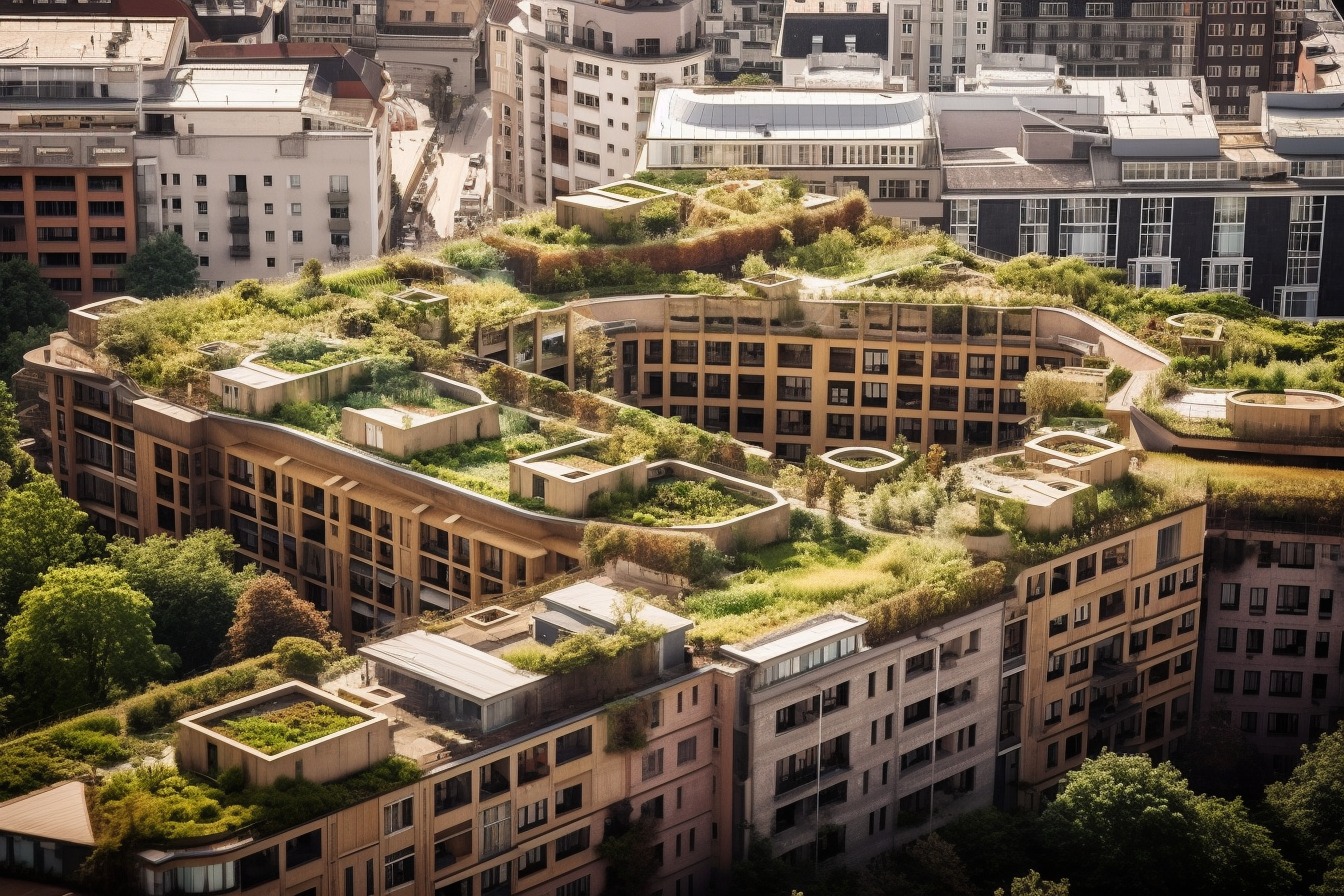
Added benefits of green rooves
Green rooves, also known as living rooves or vegetated rooves, offer numerous benefits both for the environment and for building owners. These include improved air quality, increased biodiversity, a reduced urban heat island effect, carbon sequestration, better insulation, and noise reduction. Green rooves also tend to have a longer lifespan and increase property value.
Finally, who could argue against the aesthetic appeal of an urban environment brimming with greenery? After all, access to green spaces has been shown to have positive effects on mental health and well-being, providing opportunities for relaxation, recreation and connection with nature.
Closing the loop through upcycling
Each year, about one billion tyres reach the end of their life, and landfills around the world are already filled with over four billion discarded tyres. Transforming these discarded items into rooftop panels offers a green solution that not only diverts waste from landfills but also provides the practical benefits that should be at the heart of sustainable city-building.
Oh, and Happy Green Roof Day!
Buildings are a CO2 heavyweight: the construction, heating, cooling and disposal of our homes accounts for around 40 percent of Germany’s CO2 emissions. We will only achieve our climate goals if these emissions are massively reduced.
But how can we achieve the sustainable transformation of buildings and what role do digital solutions play in this? The RESET Greenbook provides answers: Building transformation – intelligently transforming houses and neighbourhoods.
